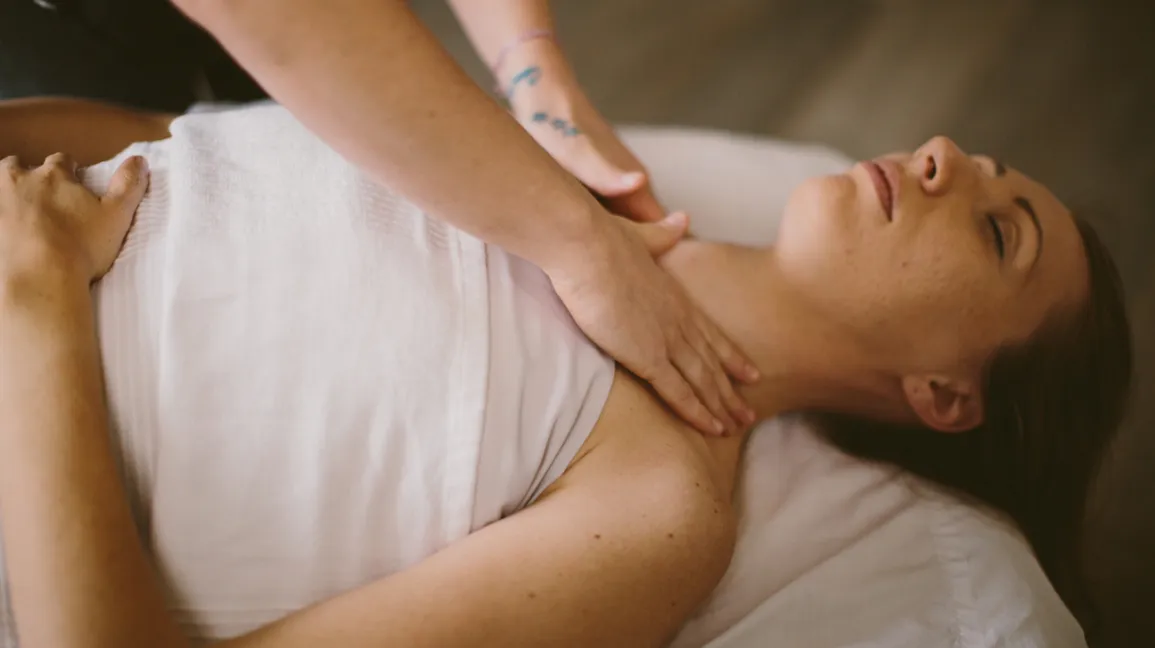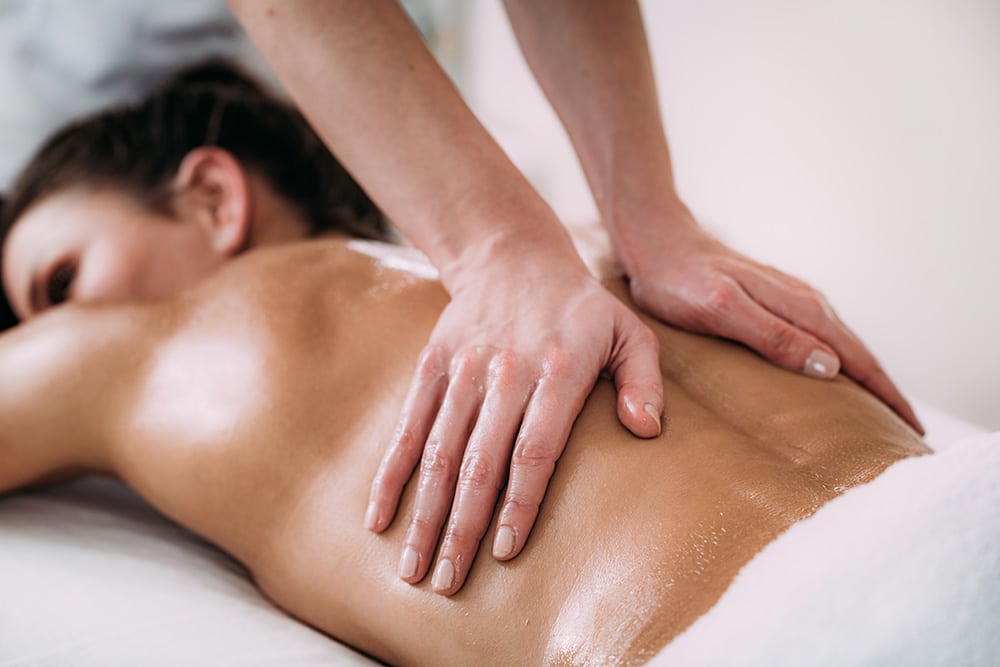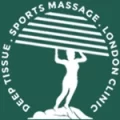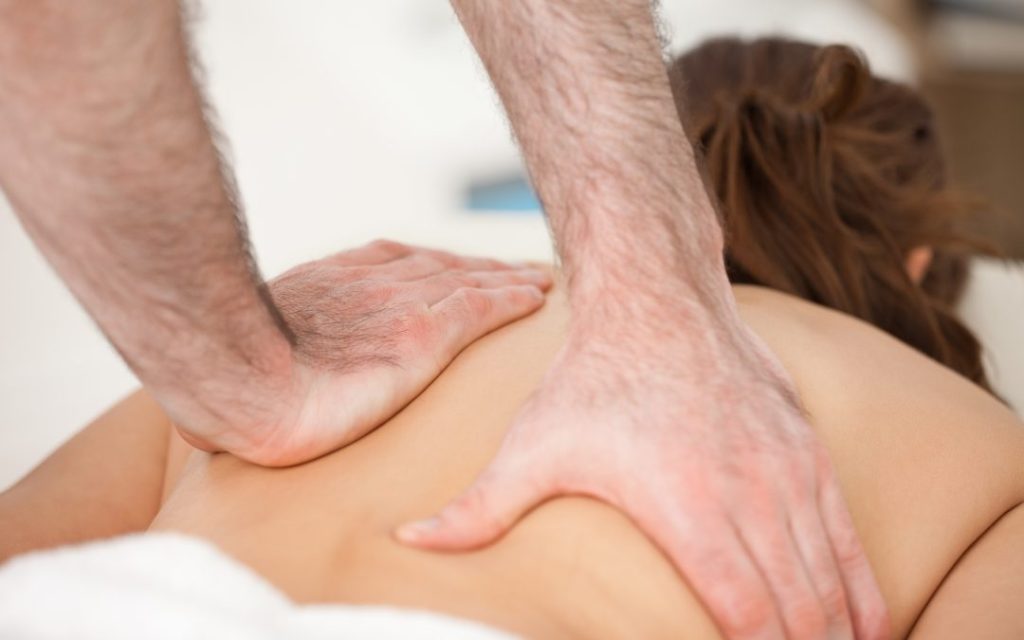“No pain, no gain” is a phrase clients may use to explain why sports massage must hurt. Many clients are curious to know if it’s normal for their muscles to ache after treatment.
So, does sports massage have to hurt for it to work? Many therapists talk with their clients a lot about “good pain” and “bad pain.” During treatment, good pain feels like a mild ache, while bad pain makes you tense all of your muscles to try to block it out.
Because everyone’s pain threshold is different, it’s important to talk to your therapist about this. The stakes are too high if you clench your teeth and tighten your muscles to get through it. Constricted muscles prevent the full benefits of your sports massage from taking effect. The muscle being worked on will feel a little bit of good pain and a little bit of mild discomfort. The muscles can stay relaxed at this pressure level, and the therapist can best break up knots and scar tissue.

How you should feel after a sports massage is up to you. Some people feel great as soon as they get out of bed, their muscles are more relaxed and flexible, and any muscle pain they had before is gone. On the other hand, some people will have small bruises and sore muscles for up to 48 hours after the procedure. People with chronic muscle issues often require multiple treatments before they see significant improvement. Contact Sports Massage Dalston to get the best sports massage.
So, What Might Hurt During A Sports Massage?
After an injury, the body releases collagen fibres to fix the damaged tissue. It tends to put them down all over the place, making them “stick” to fascia or even muscle fibres. Because of these limits on movement, muscles may get tired sooner than they normally would.
Depending on the reason for your sports massage, you may be touched differently. The goal of friction, soft tissue release, and stripping is to separate scar tissue and fibres that are sticking together so that they can realign in the same direction as healthy muscle fibres. These and other techniques like them can treat hypertonic muscles or muscles that feel “tight.” Because they are more sensitive to touch and pressure, these tight spots often hurt more than other parts of the body when they are worked on. You may have been in pain or discomfort before getting treatment, which may have made you more sensitive to pressure and touch.
If you viewed it as a means to an end, as a way to get what you desire, that would help. Even while visiting a therapist for pain relief can temporarily worsen your symptoms, the benefits of reduced discomfort, increased mobility, diminished scarring, and accelerated healing are well worth the temporary discomfort. Feeling uneasy is quite normal.

To be clear, the goal of a therapist is not to make you feel as bad as possible. We try to get rid of your aches, pains, and “niggles” by using some techniques that could hurt you, but we only do this when we have to and never beyond your pain threshold. Because the human body is so strong and resilient, it sometimes needs some tough love to get back in shape.
What Happens If I Don’t Get Hurt?
If you go to your sports massage therapist for a maintenance massage and don’t have any tightness or aches, there’s no reason for your massage to hurt. Softer pressure and techniques can reduce stress, work on the body as a whole instead of just one muscle at a time, and make you feel better, which may make you feel less pain.
When receiving a massage from Sports Massage Dalston, always speak up if a particular treatment technique causes undue pain or does not feel right. You want to make the most of your time because it is yours.
Top Place for London Massage
Deep Tissue Massage London – Ashiatsu
+44 7784 609599
London
ashiatsumassagelondon.com

